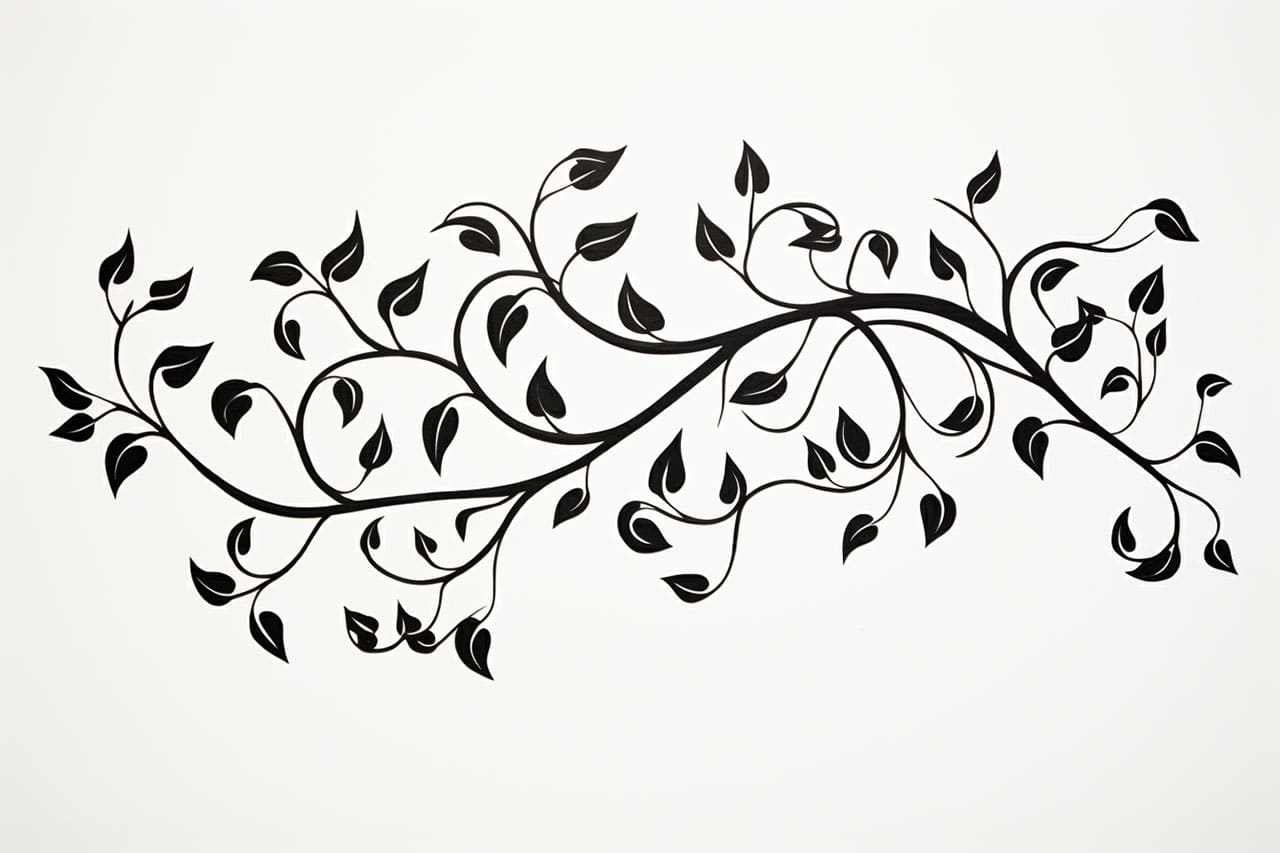Welcome to this step-by-step guide on how to draw a vine. Whether you are an experienced artist or just starting out, drawing a vine can be a fun and rewarding exercise. In this tutorial, we will go through each step in detail, providing clear instructions to help you create a beautiful and realistic vine drawing. So grab your drawing supplies and let’s get started!
Materials Required
Before we begin, gather the following materials:
- Pencil
- Paper
- Eraser
- Fine-tip pen (optional)
- Colored pencils or markers (optional)
Having these materials ready will ensure you have everything you need to complete your vine drawing.
Step 1: Sketch the Main Stem
Start by drawing a slightly curved line on your paper to represent the main stem of the vine. This line will serve as the foundation for your drawing. Make the line thin and light, as we will be adding more details later on.
Step 2: Add Branches
Next, add some branches extending from the main stem. These branches can be curved or straight, depending on the look you want to achieve. Remember that vines tend to grow in all directions, so feel free to experiment with different shapes and sizes.
Step 3: Draw Leaves
Now it’s time to draw the leaves. Start by sketching a small oval shape at the end of each branch to represent a leaf. Vary the size and shape of the leaves to make your drawing more interesting. You can also add some jagged edges to mimic the texture of real leaves.
Step 4: Add Veins to the Leaves
To make the leaves look more realistic, add veins to each one. Draw thin lines starting from the center of the leaf and extending towards the edges. These veins will give your drawing depth and detail.
Step 5: Create a Texture on the Stem
To add texture to the stem, draw some small lines along its length. These lines should be slightly curved and can be drawn in different directions. This will give the illusion of a rough and gnarled vine.
Step 6: Add More Details to the Branches
Now it’s time to add more details to the branches. Draw smaller branches sprouting from the main branches, extending in various directions. These smaller branches will add complexity to your vine drawing.
Step 7: Erase Unnecessary Lines
Take your eraser and carefully remove any unnecessary lines that may still be visible. This will help clean up your drawing and make it look more polished.
Step 8: Enhance the Drawing (Optional)
If you want to take your vine drawing to the next level, you can enhance it with additional elements. For example, you can draw small flowers or berries on the branches, or even add a background to create a more complete composition. Feel free to use colored pencils or markers to bring your drawing to life.
Conclusion
Congratulations! You have successfully learned how to draw a vine. By following these step-by-step instructions, you have created a realistic and visually appealing vine drawing. Remember to practice regularly to improve your skills and experiment with different techniques and styles. Have fun exploring the world of drawing!









